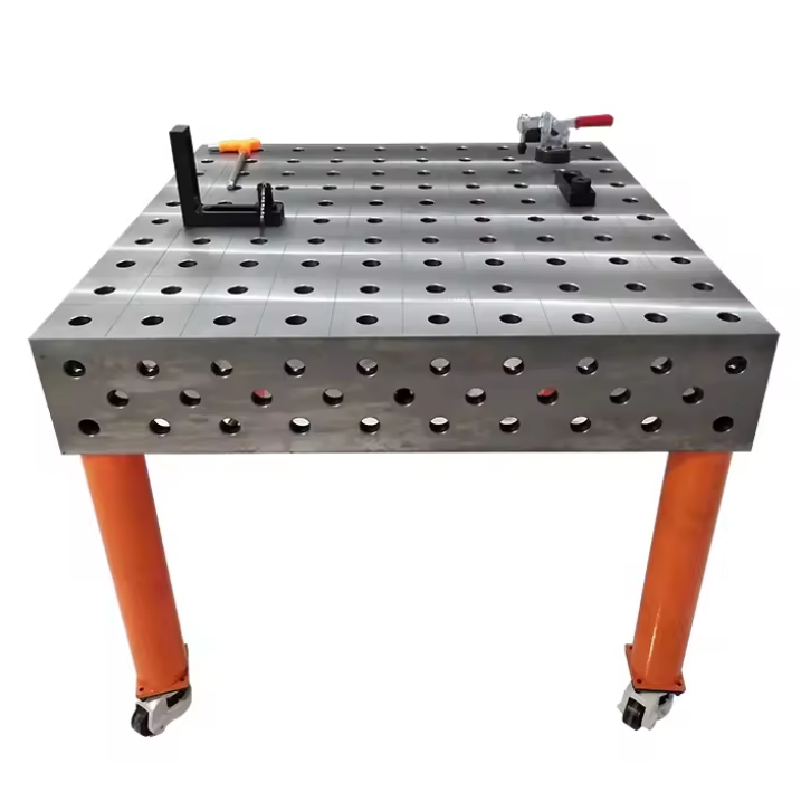Дек . 20, 2024 18:03 Back to list
bore gauge types
Understanding Bore Gauge Types A Comprehensive Overview
Bore gauges are essential tools in the field of precision engineering and manufacturing, specifically designed to measure the internal diameters of cylindrical objects such as pipes, cylinders, and holes. With various types of bore gauges available, each suited for specific applications, it's crucial to understand their functionalities, advantages, and limitations.
Types of Bore Gauges
Mechanical bore gauges are the traditional tools used for measuring the internal diameter of a hole. They consist of a cylindrical body with a set of interchangeable measuring pins that can be adjusted to fit the diameter of the bore. These gauges typically utilize a micrometer or dial indicator to provide a direct reading of the dimension being measured.
- Pros Mechanical bore gauges are relatively inexpensive, easy to use, and do not require any power source. They provide reliable measurements and are widely used in various industries. - Cons The primary drawback lies in the operator's skill level; inaccuracies may arise if the user does not correctly interpret the readings or if the pins are not calibrated properly.
2. Digital Bore Gauges
Digital bore gauges represent an advancement in measurement technology, offering electronic displays that provide precise readings. These gauges often include features like data hold, automatic shut-off, and even data output capabilities to computers for further analysis.
- Pros Digital bore gauges are more user-friendly, reducing the chances of misreading measurements. They often provide faster results, and some models can capture and store multiple measurements, making them ideal for quality control processes. - Cons The reliance on batteries and the potential for electronic failure can be seen as disadvantages. Additionally, digital gauges tend to be more expensive than their mechanical counterparts.
bore gauge types

3. Tapered Bore Gauges
Tapered bore gauges, or taper gauges, are designed for applications where quick and effective assessment of taper angles is needed. These gauges often feature a tapered measuring rod that can fit into varying bore sizes, making them versatile tools in inspections.
- Pros Their versatility in measuring different sizes and angles makes them valuable in automotive and aeronautics industries where tolerances are critical. Furthermore, they are straightforward to use. - Cons For precision measurements, they may not deliver the same level of accuracy as other gauge types, particularly in instances where only incremental adjustments are needed.
4. Go/No-Go Bore Gauges
These gauges are essential for quality assurance processes, as they are primarily used to check whether a bore's dimensions fall within specified tolerances. A Go gauge indicates that the dimension is acceptable, while a No-Go gauge signifies that the dimension exceeds the acceptable limits.
- Pros They are quick and efficient tools for determining whether production meets specifications without needing to measure exact values. - Cons Go/No-Go gauges do not provide detailed measurements, which can be limiting in some quality control situations where precise dimensional information is needed.
Conclusion
Bore gauges are indispensable in many industries that require precision in internal measurements. Understanding the different types—mechanical, digital, tapered, and go/no-go—enables professionals to select the right tool for their specific measurement needs. Each type has its strengths and limitations, and the choice often depends on factors such as accuracy required, budget constraints, and user expertise. Ultimately, the right bore gauge can significantly enhance product reliability and ensure dimensional conformity in manufacturing processes.
-
thread-plug-gauge-our-promise-of-measurement-excellenceNewsAug.22,2025
-
gauge-pin-class-reflecting-quality-legacyNewsAug.22,2025
-
check-valve-types-for-high-rise-buildingsNewsAug.22,2025
-
water-control-valve-for-irrigation-systemsNewsAug.22,2025
-
gate-valve-with-soft-seal-technologyNewsAug.22,2025
-
y-type-strainer-for-oil-and-gas-applicationsNewsAug.22,2025
Related PRODUCTS









